N.C. WYETH (1882-1945)








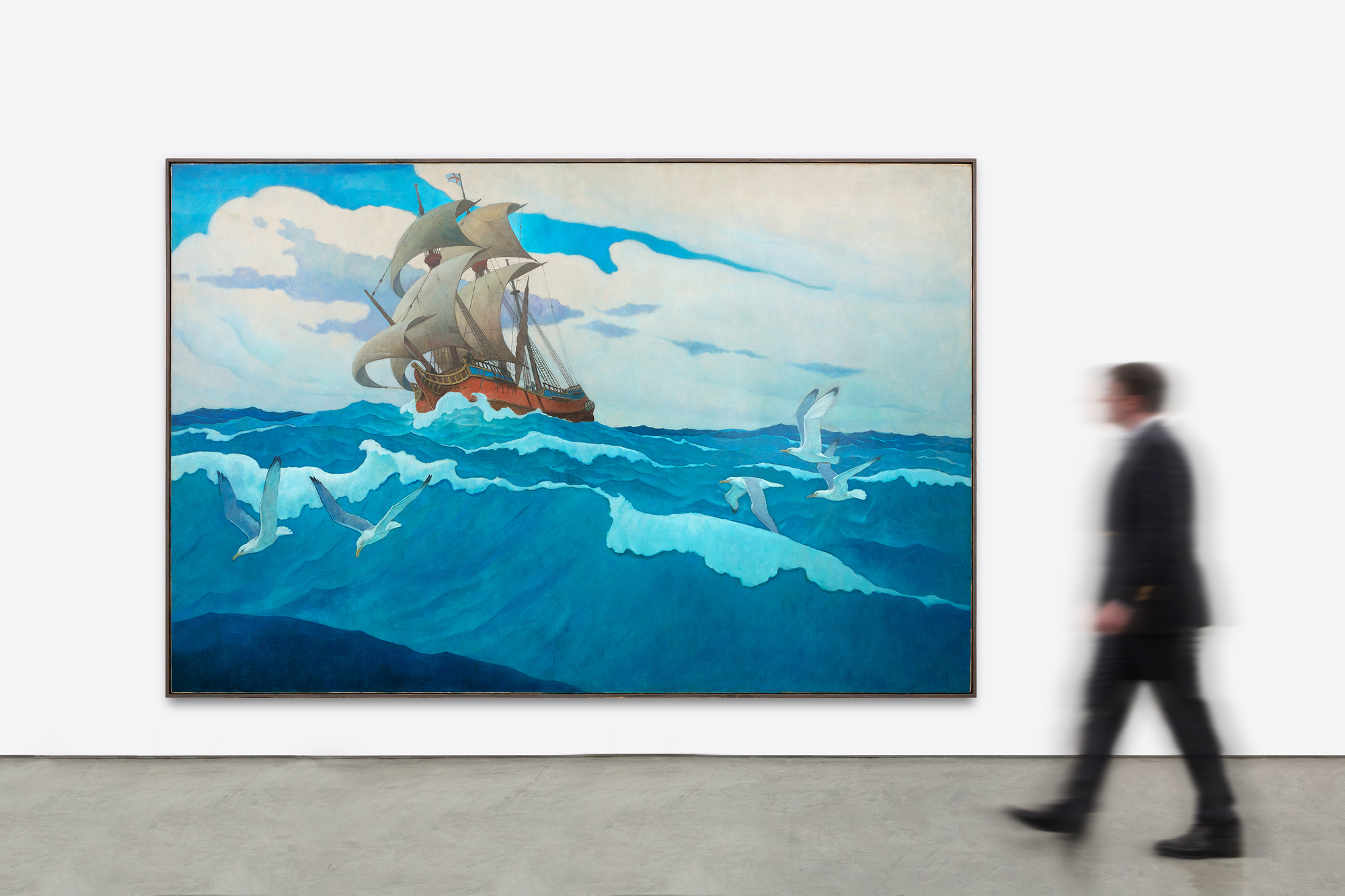

出所
メットライフ生命コーポレートコレクション(ニューヨークオフィス受託制作)ヘザー・ジェームズ・ファイン・アート(ニューヨーク
展示会
ニューヨーク、NY、1985年、13号、"メイフラワーの到来"文学
巡礼者の時代が我々の壁画に蘇る」『ホームオフィス』(メトロポリタン生命保険株式会社発行)第23巻第7号(1941年12月)。N.C.ワイエス、1941年の所得税ノート(未発表、ブランディワイン・リバー・ミュージアム・ライブラリー所蔵)
Douglas Allen and Douglas Allen, Jr., N. C. Wyeth, The Collected Paintings, Illustrations and Murals (New York: Crown Publishers, 1972).を参照。...もっとその。。。 ps.169-172, 図版(白黒)p. 169
Robert San Souci, N. C. Wyeth's Pilgrims (San Francisco, CA: Chronicle Books, 1991), detail illus.フロントピース
クリスティン・B・ポドマニツキー『N. C. ワイエス 絵画カタログレゾネ』(ロンドン:スカラ座、2008年)M.67、p.629
...少ない。。。
1620年のメイフラワー号来航について
N.C.ワイエスのイラストレーターとしての並外れた能力は、非の打ち所のない下書きから生まれ、画家としては、暖かく豊かで調和のとれた色彩感覚と、光の質そのものをとらえる能力から生まれたものです。しかし、私たちが最も賞賛するのは、ストーリーとキャラクターを力強いムードで生き生きと表現する比類なき芸術性、つまり、創作の世界と時代に自分を引き込み、魅力的な説得力をもってそれを伝える能力なのです。その能力は、宝島の「あと一歩、ミスター・ハンズ!」の複雑な構成にも、17世紀の商船が海に翻弄される様子を描いたこの作品にも、はっきりと表れている。1620年のメイフラワー 号の来航は、観察可能な事実を述べただけのシンプルなものだが、ワイスのイラストレーターとしての非の打ち所のない才能は、アメリカ建国に大きく貢献したとされる男女の冒険心をとらえた、さわやかな塩気と味わいをこの作品に吹き込んでいる。その精神は、風と張りのある帆、強風にあおられた船の愉快な傾き、突き立つ流線型の雲、到着を祝うために軽快に配置されたカモメなどが、安全な港に導く摂理の羽の天使のように伝わってきます。
1620年のメイフラワー 号の来航は、黒鉛による構成図と小さなプレゼンテーション用の絵の2つの習作に基づいている。完成した壁画は、1941年に設置されたようです。
歴史
テレビが登場する前、映画がまだ黎明期だった時代、N・C・ワイエスのイラストは、彼が視覚的に形作り、注釈を加えた物語に衝撃を与えていた。宝島』の読者であれば、次のイラストが気になって仕方がないだろう。あるいは、期待に胸を膨らませながら、ページを何度もめくり、生き生きとした、威厳に満ちた絵に目を奪われることだろう。
1939年、メトロポリタン生命社は、ワイスに別の種類の依頼をしました。一連のキャンバス壁画は、おそらく虚勢を張るのではなく、時代と場所に対する深い感覚を頼りにしたものでした。エネルギッシュで壮大なビジョンを提供し、アメリカ人であることを意味する強い価値観を称えることによって、国の誇りの精神を表現するものです。ワイエスは大喜びでした。彼が制作を承諾した14枚の壁画は、ピルグリムの世界を生き生きと描き出し、「ニューイングランドの精神をグラフィックかつドラマチックに表現する役割を果たす」(ダグラス・アレン他著『N. C. ワイエス:The Collected Paintings, Illustrations, and Murals, pg .169)。 比類なき芸術家であり、物語に登場する人物の信憑性を追求するワイスは、自分の祖先の過去に対して感じていた誇りを伝える機会を喜んだのである。
「初期の植民地化、特にマサチューセッツのピルグリムたちのロマンに、私はいつも胸を躍らせていた。私の祖先であるニコラス・ワイエスは、1647年にウェールズからマサチューセッツに渡ってきた。マサチューセッツ海岸の初期の精神は、私の家ではよく話題になりました。私はプリマスの町からほど近いニーダムで生まれ、少年時代には何度も巡礼し、その歴史的な土地とその周辺で刺激的な日々を過ごしました。このような背景から、ニューイングランド絵画のシリーズにふさわしい題材として、プリマスとピルグリムに思いを馳せるのは自然なことでした。もし、これらの絵が温かく、魅力的であるとすれば、それは、これらの絵が、何らかの形で、私自身の人生と遺産を表現しているからにほかなりません」。(Douglas Allen, et al.,N. C. Wyeth:Wyeth:The Collected Paintings, Illustrations and Murals, pg. 171)。
もっとそのマーケットインサイト
- アート・マーケット・リサーチ社が作成したグラフによれば、N.C.ワイエスの絵画は1976年以来、年平均11%の成長率を示している。
N.C.ワイエスのオークションでの過去最高価格は、1943年に描かれた小さめの絵「農夫の肖像」が約600万ドルで落札された2018年に記録された。
- N.C.ワイエスの絵画で、これほどスケールの大きなものはオークションには出ていない。
N.C.ワイスのオークション人気商品一覧

"Portrait of a Farmer (Pennsylvania Farmer)" (1943)は5,985,900米ドルで落札されました。

"Hands Up" (1906)は4,951,500米ドルで落札されました。

"Indian Love Call" (1927)は351万ドルで落札されました。
N.C.ワイエスの絵画が美術館に収蔵される
メトロポリタン美術館(ニューヨーク)
フィラデルフィア美術館(ペンシルバニア州
ブランディワインリバー美術館(ペンシルバニア州チャッズフォード
ピーボディ・エセックス博物館(マサチューセッツ州セーラム市
ギルクリーズ美術館(オクラホマ州タルサ市
イメージギャラリー
追加リソース
「アンドリュー・ワイエス作「私のお父さん
N.C.ワイエスハウス&スタジオ
コンポジション・ドローイング
お 問い合わせ
こちらもご覧ください














































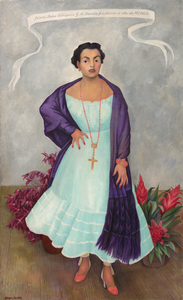


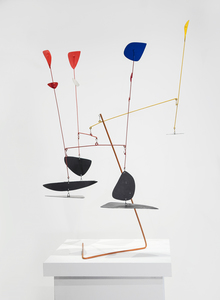


_tn45742.jpg )


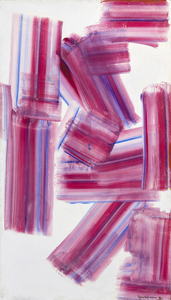
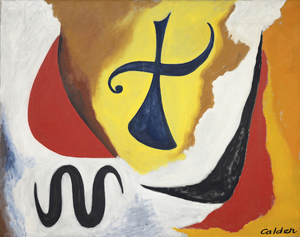
_tn43950.jpg )
_tn45739.b.jpg )


_tn45741.jpg )
_tn45731.jpg )
_tn45733.jpg )


_tn40169.jpg )


_tn45732.jpg )
_tn27035.jpg )